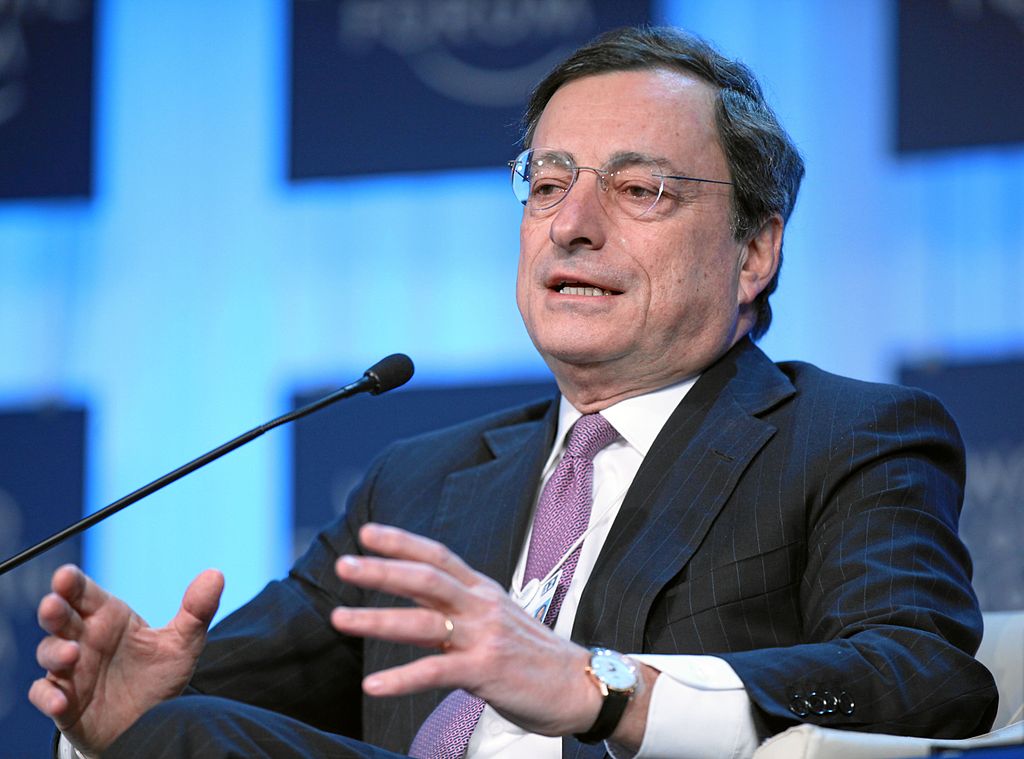
The process for the election of the president of the Italian Republic began on Monday, January 24th.
Due to COVID-related restrictions, the protocol of the elections has been considerably enforced. Starting Monday, January 24th, and for the duration of the presidential vote, a sort of electoral “drive-in” will be set up on the parking lot of the Chamber of Deputies Piazza del Parlamento in the center of Rome, to allow electors who have tested positive for COVID-19 or who have been quarantined to participate in the election of Italy’s next head of state from their vehicles. Inside the building, 1,009 electors are expected (630 deputies, 321 senators, and 58 regional representatives). They will be called in groups of 50 and the hemicycle will be limited to 200 people in attendance at a time. The maximum number of spectators in the stands will be reduced to 100. All these provisions will considerably lengthen the voting time.
The electoral process under the Italian Constitution is complex. For the first three rounds, a two-thirds majority is required. From the fourth round onwards, an absolute majority is required. With a college of 1,009 members in 2022, the two-thirds majority required in the first three rounds is 673 votes, while the absolute majority used from the fourth round onwards is 505 votes.
On Saturday the 22th, the former Prime Minister Silvio Berlusconi announced he would withdraw from the race, leaving the situation more uncertain than ever. He explained his first choice for president would be a second term for Mattarella.
At this time, no coalition has endorsed a candidate. While the current Prime Minister Mario Draghi is the favourite for the presidential election, his potential election would cause as many problems as it would solve. For this reason, Berlusconi added in his press release that he wants the current Prime Minister Mario Draghi to remain in his government post. Who will replace him? There is no credible alternative at present. If he were to be elected president, early elections for prime minister would almost certainly be called, commencing the impossible business of forming a solid government coalition—a herculean task with which Italians are all too familiar.
The prospect of Mario Draghi’s departure from the Italian government is worrying the business community. His retention is seen as a guarantee of the success of the Italian recovery plan. After growth of more than 6% last year, the government is forecasting a 4% increase this year. But Bankitalia’s chief executive Luigi Federico Signorini believes that “the uncertainty of reaching this target is very high.” The pressure is high because Brussels has granted extremely large sums to Italy, €191.5 billion, including €123 billion in loans. This is three times more than what is granted to all the EU countries put together. Italy boasts that it has met the 51 conditions for the first €25 billion tranche, but international financiers remain skeptical. According to Goldman Sachs, Italy’s ability to meet the spending requirements of its stimulus package in 2022 would be around 60% if Mario Draghi remains in office. The estimate falls to 30% with a successor of any kind and would collapse to 15% in the event of early parliamentary elections.
Although he is not a candidate for the post, League leader and former Interior Minister Matteo Salvini intends to use all his influence during all the negotiations that are taking place during this election period and is multiplying his exchanges with the entire Italian political class. With the announcement of Silvio Berlusconi’s withdrawal, a summit meeting was held on Saturday, January 22th in Rome between the leaders of the League, those of Forza Italia (Silvio Berlusconi’s party), and representatives of Fratelli d’Italia (Giorgia Meloni’s party). Salvini tried to propose an alternative candidate in the person of Elisabetta Casellati, the president of the Senate who is close to Berlusconi, but Georgia Meloni leans toward the former magistrate Carlo Nordio—one of the main figures of the Mani pulite judiciary sequence against Maffia.
Salvini fears that early elections will be held if Mario Draghi is elected President of the Republic. Indeed, a constitutional reform that was passed in 2020 provides for the reduction of the number of deputies from 945 to 600, which would mathematically lead to the loss of at least 50 deputies from his party. The presence of Salvini’s party in the current coalition government of Mario Draghi may allow him to try to capitalize on the successes of this government, although the latest polls show that his party is weakened. He is paying for an unclear strategy, hesitating between the centre-right and a rapprochement with Meloni.
